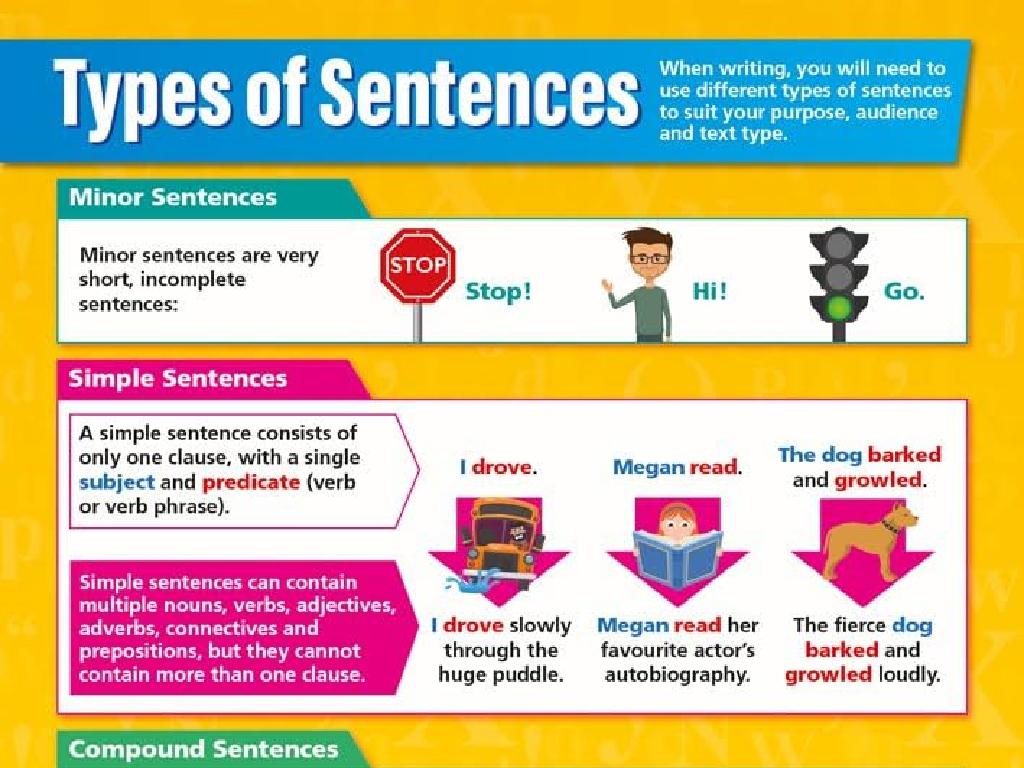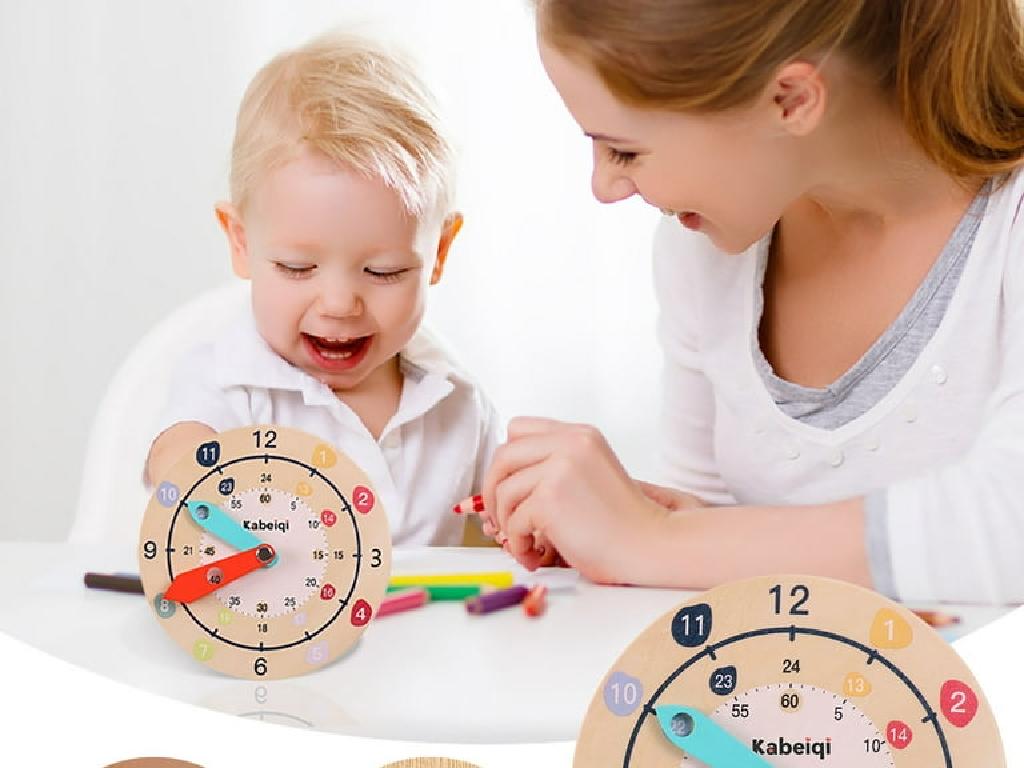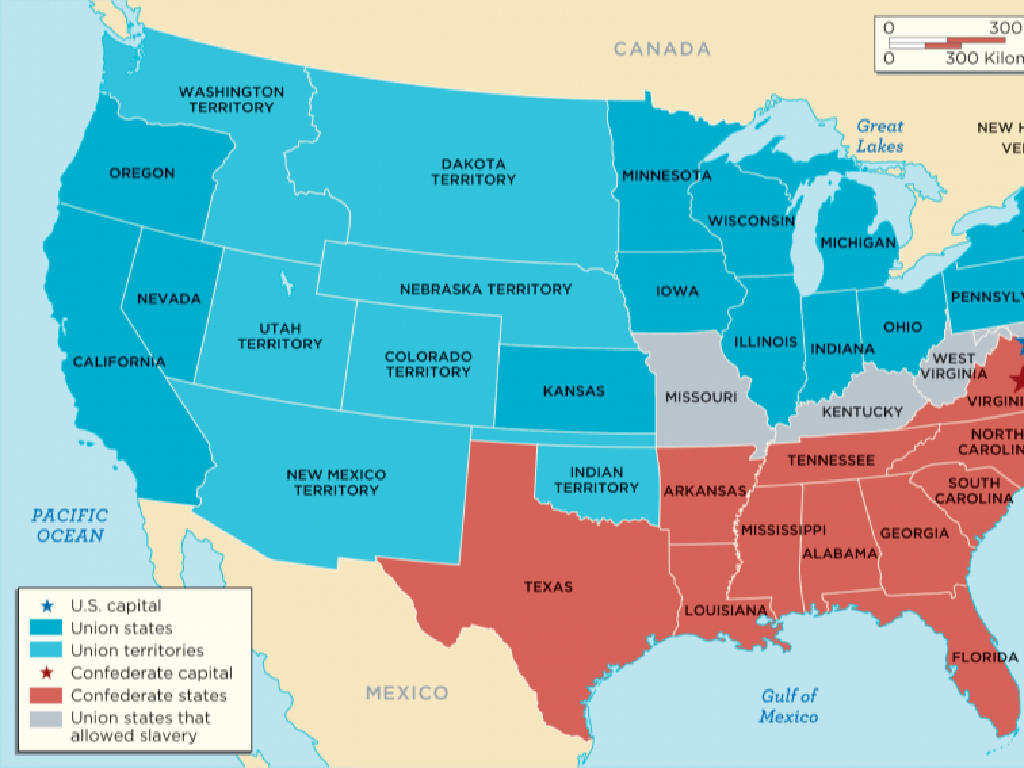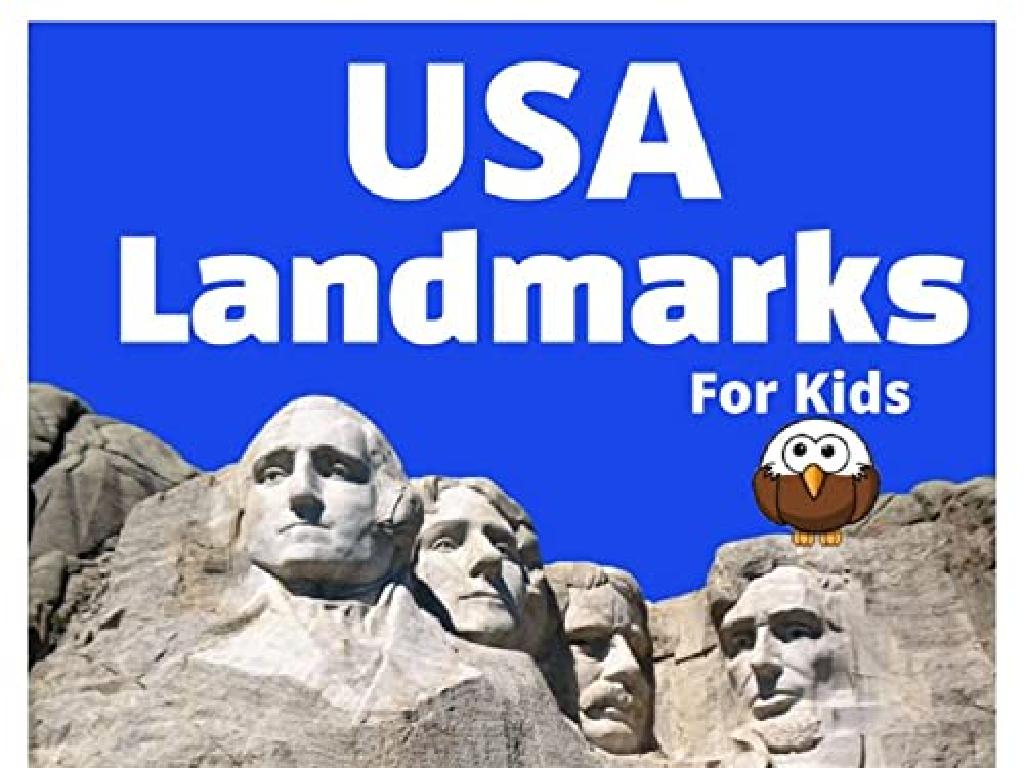Count Shapes In A Venn Diagram
Subject: Math
Grade: Kindergarten
Topic: Classifying And Sorting
Please LOG IN to download the presentation. Access is available to registered users only.
View More Content
Shape Detectives: Counting in Venn Diagrams
– Learn about shapes and counting
– Shapes can be friends in groups
– Like how we make friends, shapes can too based on their features!
– Become a Shape Detective
– Use your detective skills to find and count shapes
– Ready for a shape adventure?
|
Today’s class is all about introducing the concept of Venn diagrams through the fun idea of shapes being friends and grouping together. Start by engaging the children with the concept of shapes having characteristics that can be sorted and classified. Encourage them to think like detectives, looking for clues to group the shapes. Use simple language and examples to explain how a Venn diagram works. Prepare a hands-on activity with cut-out shapes that children can physically place in the correct areas of a Venn diagram on the floor or a large poster, making the learning process interactive and enjoyable.
Understanding Venn Diagrams
– Venn Diagram: a special picture
– It helps us see what is the same and what is different.
– Circles show similarities
– When two circles overlap, they show what is common between them.
– Overlapping circles share traits
– Items that have something in common go in the overlapping part.
– Sorting items into groups
|
Introduce the concept of a Venn Diagram to the students as a tool for sorting and classifying objects or ideas. Explain that it consists of circles that represent different groups. When the circles overlap, they show what is common between the groups. Use simple, relatable examples like sorting fruits by color or toys by type to help them understand. Have cutouts of different shapes ready for a class activity where students will sort them into a Venn Diagram based on attributes like color, size, or type. This visual and hands-on approach will help kindergarteners grasp the concept of classification and how Venn Diagrams can be used to organize information.
Meet the Shapes for Our Venn Diagram!
– Explore circles, triangles, squares
– Circles are round, no corners. Triangles have 3 sides, squares have 4.
– Size varies, sides define shapes
– Learn shapes for Venn Diagram
– A Venn Diagram helps us see what different shapes have in common.
– Venn Diagram sorting activity
– We’ll sort shapes into groups using a Venn Diagram in class.
|
This slide introduces the concept of shapes to Kindergarten students, which is fundamental for the Venn Diagram activity. Start by showing them different shapes and explaining that regardless of their size, the number of sides determines the type of shape. Then, introduce the Venn Diagram as a tool for sorting shapes based on their attributes. During the activity, guide the students to classify shapes into the Venn Diagram, reinforcing their understanding of how shapes can be sorted and compared. Encourage participation and ensure that each student can identify and sort the shapes correctly.
Sorting Shapes with Venn Diagrams
– Sorting like toy cleanup
– Think of sorting shapes as organizing toys into bins.
– Sort by color, size, or type
– We can group circles together, or all the blue shapes.
– Understand common traits
– Venn diagrams show us what’s shared between groups.
– Spot unique shape features
– We also see what’s special about just a few or even one shape.
|
This slide introduces the concept of sorting, which is a fundamental skill in mathematics and everyday life. Relate sorting to a task they are familiar with, like cleaning up toys, to make it more understandable. Explain that shapes can be sorted by various attributes such as color, size, or type (e.g., circles, squares). Use simple, clear examples to show how sorting helps us to identify similarities and differences among shapes. Introduce Venn diagrams as a tool to visualize sorting by overlapping circles, where each circle represents a group of shapes with a common feature. Encourage the children to think about how shapes can belong to more than one group (e.g., a small blue circle fits into both the ‘small shapes’ and ‘blue shapes’ categories).
Creating Our Venn Diagram
– Let’s make a Venn Diagram
– Choose two ways to sort shapes
– Maybe by color or shape?
– Draw two big circles on the board
– One for each sorting group
– Shapes that fit both go in the middle
– The overlapping area is for both!
|
This slide is designed to introduce Kindergarten students to the concept of sorting and classifying using a Venn Diagram. Start by explaining what a Venn Diagram is and how it can help us see which items belong to different groups. Demonstrate drawing two overlapping circles on the board and discuss with the students two attributes they can use to sort shapes, such as color and size. As you place shapes into the Venn Diagram, emphasize the middle section where shapes that meet both criteria belong. Encourage participation by asking students to suggest where each shape should go. This interactive activity will help them understand the concept of overlapping qualities and dual classification.
Counting Shapes in Our Venn Diagram
– Count shapes in the left circle
– Count shapes in the right circle
– Count overlapping shapes
– Shapes that are in both circles
– Understand overlapping shapes
– These shapes share properties of both groups
|
This slide is designed to help Kindergarten students practice counting and classifying shapes using a Venn Diagram. Start by explaining what a Venn Diagram is and how it helps us sort things into groups. Then, guide the students to count the shapes in each circle of the Venn Diagram separately. After that, focus on the overlapping section, explaining that these shapes belong to both groups. Use simple language and examples, such as shapes that are both blue and big. Encourage the students to count out loud and use their fingers if necessary. This activity will reinforce their understanding of sorting, classifying, and counting in a fun and interactive way.
Class Activity: Shape Detectives
– Be a Shape Detective!
– Receive a Venn Diagram and shapes
– Sort and count the shapes
– How many shapes fit into each category?
– Share your findings with the class
|
In this interactive class activity, students will act as ‘Shape Detectives’ to classify and count shapes using a Venn Diagram. Provide each student with a Venn Diagram and a set of cut-out shapes. Guide them to sort the shapes based on characteristics like color, size, or type, and place them in the correct sections of the Venn Diagram. Once sorted, students will count the number of shapes in each section. Encourage them to observe how some shapes fit into multiple categories. After the activity, ask the students to present their findings to the class, fostering a discussion about the sorting process and the properties of the shapes they classified. This activity will help students understand the concept of classification and enhance their counting skills.
Congratulations, Shape Detectives!
– You’re now Venn Diagram experts
– Sorting and counting shapes is fun
– Remember how we sorted circles and squares?
– Celebrate your shape detective work
– Clap for yourself and your friends!
– Ready for more shape adventures?
– What shapes will we explore next time?
|
This slide is meant to celebrate the students’ achievements and reinforce what they’ve learned about using Venn Diagrams to sort and count shapes. It’s important to end the lesson on a positive note, making the students feel proud of their hard work. Encourage them to give themselves and their classmates a round of applause to build a sense of community and accomplishment. This will also help them look forward to future lessons with excitement. As a follow-up activity, consider having students draw their own Venn Diagrams with their favorite shapes or find shapes in the classroom that can be sorted in a Venn Diagram.






